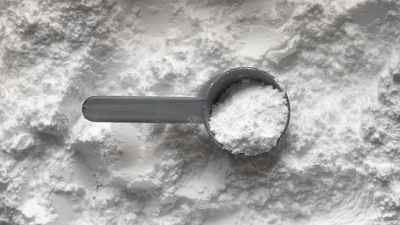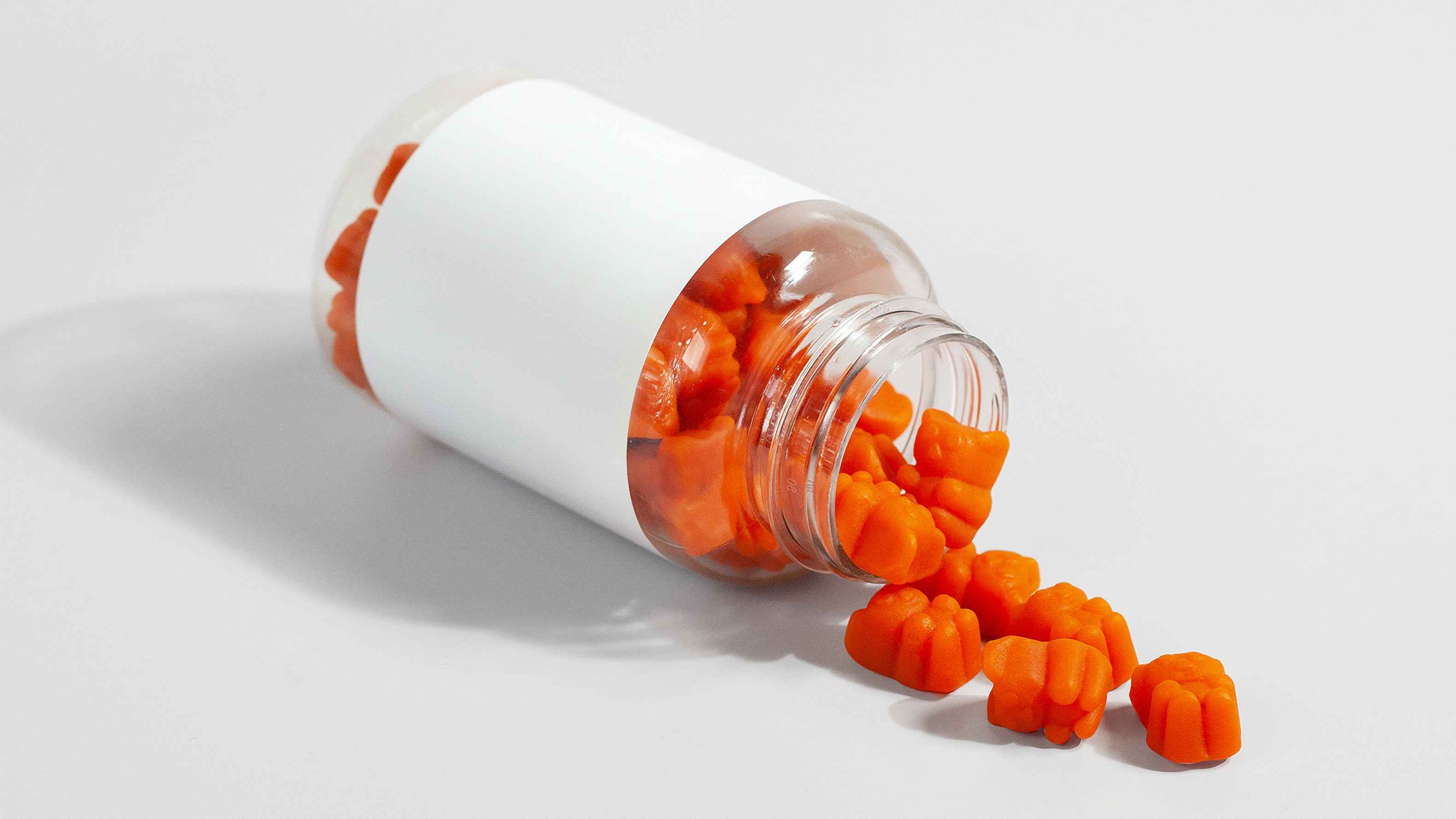Working in Partnership With:
The drug testing procedure checks athletes of almost any age or ability for the presence of prohibited substances in their bodies. It is carried out by trained and authorised doping control personnel who must show their official identification when they first approach an athlete and before commencing testing.
How it works
1. Selection:
Athletes are randomly chosen or targeted for testing. They are notified and asked to provide a urine or blood sample for analysis.
2. Sample Collection:
Athletes go to a designated testing location where trained personnel collect their urine or blood sample. The collection process is constantly supervised to ensure integrity. To be clear here, for urine samples, the supervisor will literally need to watch your athlete wee into a cup... yes, it's invasive and embarrassing.
3. Sample Analysis:
The collected samples are sent to a laboratory for analysis. Highly specialised technicians use advanced techniques to test for the presence of banned substances or their metabolites.
4. Laboratory Analysis:
The samples undergo thorough analysis using methods such as chromatography and mass spectrometry to detect even trace amounts of prohibited substances.
5. Results and Reporting:
Once the analysis is complete, the laboratory provides the results to the relevant anti-doping organisation. The results are then reported to the athletes and their governing bodies.
6. Follow-up Actions:
Depending on the test results, further actions may be taken. If athletes test positive for a banned substance, they may face sanctions, such as suspensions, disqualifications, or other penalties.
The video below describes the testing process well.
How You Can Help
If your athlete is competing at any level, encourage them to understand the basics. If they are competing at a good level, familiarise them with the testing format and make sure they understand it, too. This topic is also covered on our athlete-specific platform, The Athlete Place.
Ensuring they understand precisely what will happen… before they face their first test can help avoid stress. Knowing what will happen beforehand will prepare them if they are suddenly called up. For some, the first test can be a scary experience.
Ensure that they know their rights, especially regarding the requirement as a minor to have an adult representative present. If an athlete is under 18, they are considered a minor. They will be subject to a modified process that requires an athlete representative to be present at all times, as described on the UKAD testing process for minors page.
The following links will take you to the relevant pages on the UK Anti-Doping and WADA websites.
What to expect from an in-competition anti-doping test.
World Anti-Doping Association's Athletes' Anti-Doping Rights Act.
Take Home Points
- Ensure your athlete knows what to expect before they are approached for their first test.
- Even if your athlete is not yet competing at a high level of sport, have these conversations.
- Ensure that they know their rights.
- Ensure they understand that tests will always be unannounced and without warning… and that they can happen to any athlete at any time, i.e., at a competition, training session, or at home…
If you've found this information helpful, we've created The Athlete Place, our athlete-specific platform that will inform, motivate and inspire your athlete...










Comments